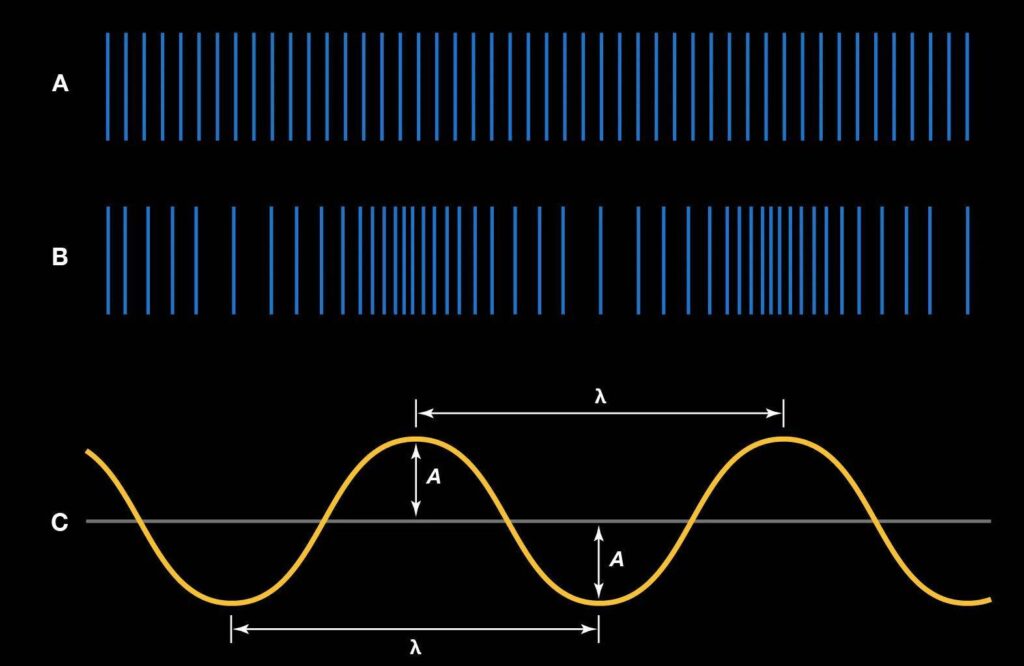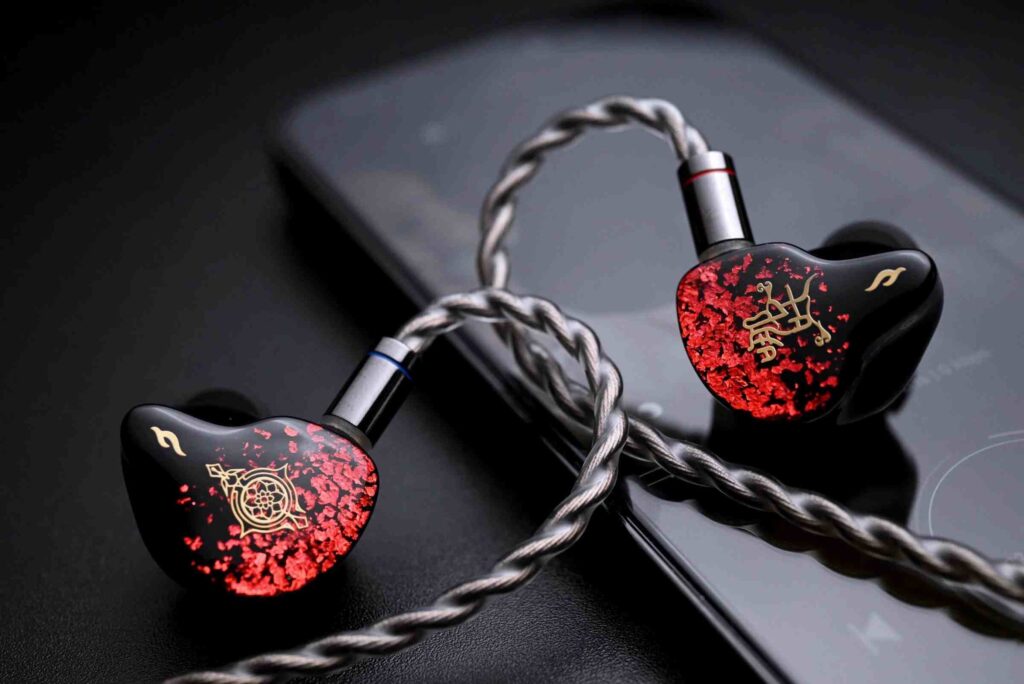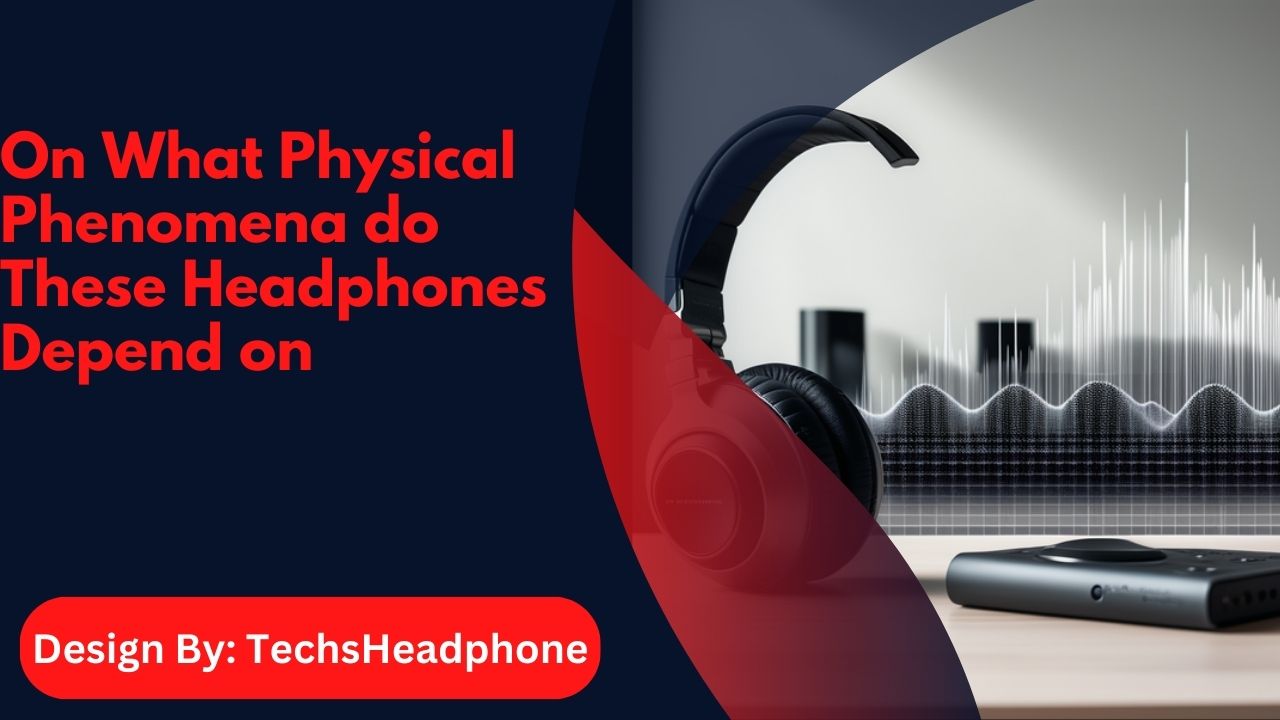While headphone cables can impact sound quality to some degree, the difference is often subtle and may not be noticeable to most listeners.
Yes, headphone cables can affect sound quality. Good cables have better materials and shielding, which can reduce noise and make the sound clearer. They are also often more durable and less likely to break. For regular listening, you might not notice a big difference, but better cables can improve your audio experience. Upgrading can be worth it if you want the best sound.
The Importance of Cable Quality:
The quality of headphone cables can vary widely, affecting not only durability but also sound performance. High-quality cables are typically made from better materials, such as oxygen-free copper (OFC) or silver-plated copper, which offer superior conductivity.
These materials can minimize signal loss and distortion, allowing for a clearer, more detailed audio experience. Conversely, lower-quality cables may introduce noise or interference, detracting from the overall sound quality.
The Science Behind Sound Transmission:

Sound travels through cables as electrical signals, and the efficiency of this transmission depends on several factors. The material of the cable plays a crucial role in how effectively it conducts these signals.
For instance, copper is a common choice due to its excellent conductivity, while silver, although more expensive, can provide even better performance in certain high-end setups. Understanding the science behind sound transmission can help you appreciate why cable quality matters.
The Impact of Cable Length on Sound Quality:
Cable length is another important factor to consider. Longer cables can introduce resistance and capacitance, which may affect the audio signal. While the impact of cable length on sound quality is often minimal for typical listening distances, it can become more pronounced in high-fidelity setups.
Therefore, it’s advisable to choose a cable length that suits your listening environment without excessive slack.
The Role of Connectors in Audio Transmission:
The connectors at the ends of headphone cables also play a significant role in sound quality. High-quality connectors, such as gold-plated plugs, can enhance signal transfer and reduce oxidation over time.
Poor-quality connectors may lead to signal loss or distortion, undermining the benefits of a high-quality cable. When selecting a headphone cable, pay attention to the quality of the connectors as well.
Also read: Can Deer Hear Headphones – Truth About Deer Hearing!
Balanced vs. Unbalanced Cables: What’s the Difference
Another aspect to consider is whether to use balanced or unbalanced cables. Balanced cables are designed to reduce noise and interference by using two conductors to carry the audio signal.
This design can be particularly beneficial in professional audio settings or when using long cable runs. Unbalanced cables, on the other hand, are simpler and more common in consumer headphones.
While they may not offer the same level of noise rejection, they are often sufficient for everyday listening.
The Placebo Effect: How It Influences Cable Perception
The debate over whether headphone cables make a noticeable difference often leads to discussions about the placebo effect.
Many listeners report perceiving improvements in sound quality after upgrading their cables, but this perception may not always align with measurable differences.
Understanding the psychological aspects of audio perception can help listeners make more informed decisions about their equipment.
Headphone Cables and Microphonics: Minimizing Noise
Microphonics refers to the unwanted noise that can occur when cables pick up vibrations or movement. This can be particularly problematic with poorly designed or low-quality cables. To minimize microphonics, look for cables with effective shielding and robust construction.
Some manufacturers also design cables with materials that dampen vibrations, further enhancing the listening experience.
Cable Burn-In: Fact or Fiction
Another topic of debate among audiophiles is the concept of cable burn-in. Some believe that cables require a break-in period to reach their optimal performance, while others argue that any perceived changes are merely psychological.
While scientific evidence on this topic is limited, many users report experiencing differences in sound quality after extended use. Ultimately, whether you believe in cable burn-in may depend on your personal experiences and preferences.
Headphone Cables and Impedance Matching:

Impedance matching between headphones and audio sources is crucial for achieving the best sound quality. Headphone cables can influence this relationship, particularly in high-end audio systems.
Ensuring that your headphones and source are well-matched can help you avoid issues like distortion or lack of clarity, allowing you to enjoy the full potential of your audio equipment.
The Future of Headphone Cables: Wireless and Beyond
As technology advances, the landscape of headphone cables is evolving. Wireless headphones have gained popularity for their convenience, but many audiophiles still prefer wired connections for their superior sound quality.
Emerging technologies, such as optical connections and advanced wireless protocols, promise to bridge the gap between convenience and audio fidelity. As these innovations develop, the role of traditional headphone cables may continue to change.
FAQ’s:
1. Do headphone cables really make a difference in sound quality?
The impact of headphone cables on sound quality is debated, with some audiophiles claiming significant differences and others finding the effect to be minimal.
2. What factors influence the sound quality of headphone cables?
Key factors include the conductor material (e.g., copper, silver), cable construction (shielding, insulation), and connector quality.
3. Is it worth upgrading from stock headphone cables?
Upgrading to high-quality cables can provide benefits in terms of durability and signal integrity, but the impact on perceived audio quality is subjective.
4. How do balanced and unbalanced cables differ in terms of sound quality?
Balanced cables are designed to reduce noise and interference, which can be beneficial for professional audio setups or long cable runs, while unbalanced cables are simpler and more common for consumer headphones.
5. Can a longer headphone cable negatively affect sound quality?
While very long cable runs (15 feet or more) may introduce more potential for interference, the impact on sound quality is usually minimal with a well-designed cable.
Conclusion:
In conclusion, while headphone cables may seem like a minor detail in the grand scheme of audio equipment, they can significantly impact sound quality and overall listening experience. From the materials used to the design and length of the cable, each aspect contributes to how audio signals are transmitted. Whether you’re an audiophile seeking the best possible sound or a casual listener looking to enhance your setup, investing in a quality headphone cable can be a worthwhile decision. Ultimately, the right cable can help you unlock the full potential of your headphones and enjoy your favorite music as it was meant to be heard.



